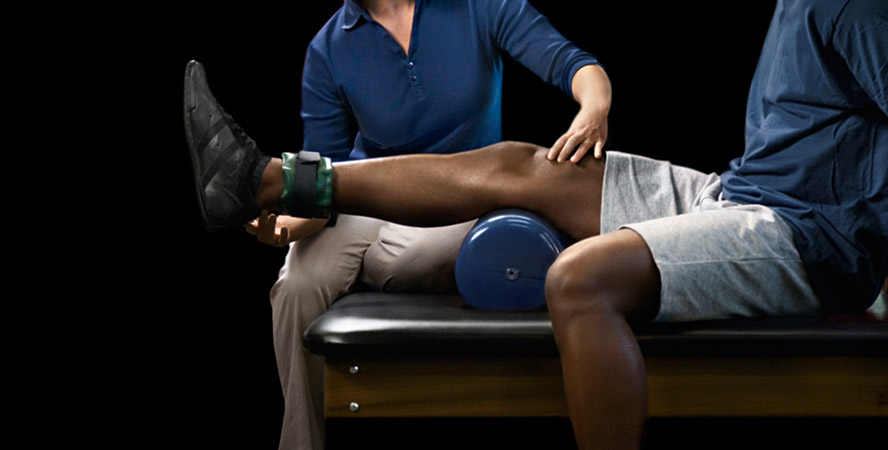Exploring the Diverse Techniques of Physical Therapy for Improved Recovery and Restoration
Exploring the Diverse Techniques of Physical Therapy for Improved Recovery and Restoration
Blog Article
Physiological therapy is an essential discipline that assists individuals recover from injuries, surgeries, and multiple medical conditions. It entails a range of techniques aimed to improve movement, reduce discomfort, and enhance overall bodily capability. Physiotherapy therapists are qualified experts who evaluate each client’s requirements and create personalized care strategies. These programs often include exercises, manual therapy, and instruction about physical mechanics. By employing these diverse techniques, physical can substantially enhance a patient’s quality of living.
One frequent method used in physical is rehabilitative activity. This includes targeted actions and exercises that assist build muscle strength, enhance range of motion, and increase endurance. For instance, a patient recovering from leg surgery may perform exercises that concentrate on restoring power in the leg muscles. These activities are carefully chosen based on the individual’s status and objectives. By incrementally boosting the intensity and complexity of the activities, physiotherapy therapists can help clients recover their strength and mobility over a period.
Another important method is manual therapy, which includes physical approaches to manipulate the human body soft tissues and joints. This can entail stretching, mobilization, and manipulation. Manual treatment aims to alleviate discomfort, minimize inflammation, and enhance blood flow. For instance, a therapist may use light force to relieve tension in tight muscles or to assist a articulation function more freely. This method is often integrated with other treatments to enhance rehabilitation and promote healing. Clients often find hands-on therapy to be a soothing and effective way to manage their pain.
In furthermore to exercises and hands-on therapy, instruction plays a crucial part in physical. Practitioners teach clients about their issues and how to manage them efficiently. This may include advice on correct posture, physical movements, and techniques to avoid future traumas. For example, a practitioner might show a client how to lift weighty objects properly to prevent injuring their spine. By empowering patients with understanding, physical practitioners help them assume an active part in their rehabilitation and encourage long-term wellness and fitness.
Ultimately, technology is progressively being integrated into physical methods. Tools such as sonography, electrical impulses, and immersive reality can improve conventional treatment approaches. These tools can help reduce discomfort, promote recovery, and offer interactive ways for clients to participate in their recovery. For instance, virtual environments can create immersive environments for patients to rehearse actions in a controlled plus secure environment. As advancements continues to evolve, it provides exciting possibilities for enhancing recovery results in physical.
In conclusion, physiotherapy encompasses a range of methods that work in unison to support recovery and healing. Through therapeutic activities, hands-on therapy, client education, and the use of technological tools, physical practitioners offer holistic care customized to each individual’s physical therapy for joint rehabilitation requirements. This comprehensive approach not only assists clients regain their physical capabilities but also empowers them to maintain their well-being in the long run. As an increasing number of individuals recognize the advantages of physiotherapy, it continues to serve a vital part in the pathway toward improved well-being and well-being.